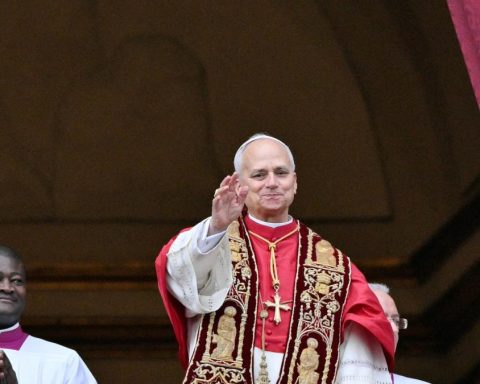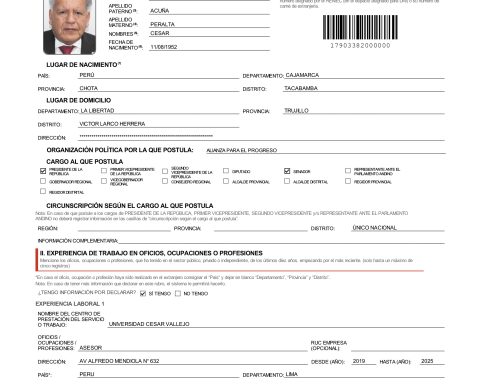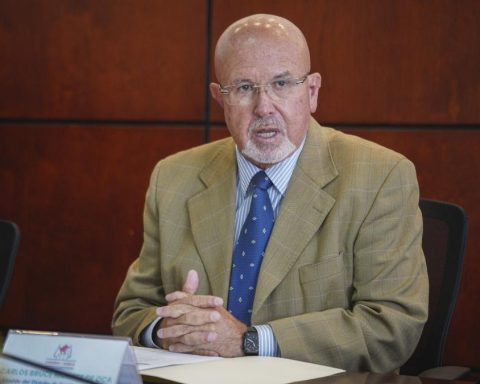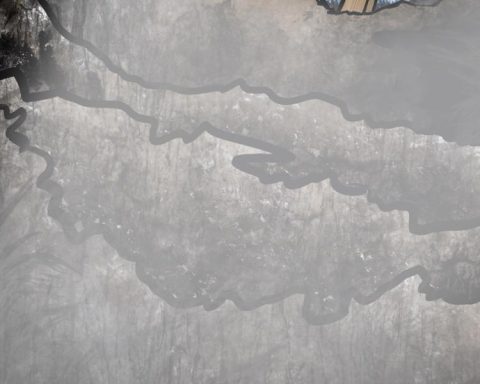Corporate and business financing slowed with the performance of the private investment and the economyLuis Alfonso Carrera, BCP’s central manager for Companies and Corporations, expects better dynamism for the second half of the year. He explains his reasons in the following interview.
LOOK: Velarde: Fiscal commitment created economic stability
The leading indicators for private investment in the first half of the year were not looking so good. What is the situation for private investment?
The indicators are mixed. On the one hand, sectors such as fishing and agricultural exports are doing quite well compared to last year, with some important investments. Also, the mining sector has some investments given the high price of minerals. However, companies more oriented towards mass consumption still face weak demand. The most important indicator of how private investment will develop in the following months is business confidence, and after a long time it is in positive territory, which predicts a better time for investments.
How long will it take for this improvement in business confidence to be reflected in demand for financing?
There is a natural lag. In order for this to be reflected, a virtuous circle must begin to be created. Although there is already greater confidence to invest, companies usually wait until they perceive an increase in demand for their products. The sectors that are less dependent on internal demand, such as those linked to exports, are the first to react by making investments that generate employment. This employment, in turn, increases internal demand, which drives investment in sectors that are more oriented towards local consumption.
Which sectors are still in the process of recovery?
The most dynamic sectors, where we are seeing the most opportunities, are the agro-industrial and mining sectors. In contrast, sectors such as office real estate and hotels continue to face difficulties. Remember that we have not yet reached the levels of tourist arrivals prior to the pandemic. In addition, the office market is quite cyclical and is only just beginning to resume growth after a period of contraction.
LOOK: Peru has megaprojects worth more than US$194 billion
You mentioned the hotel sector. How are other businesses related to tourism doing?
Fortunately, we are recovering. Last year we faced disturbances such as Cyclone Yaku, along with other problems in the first half of the year, which impacted tourist reservations. Fortunately, we have not had them this year, so tourism has begun to recover. In cities such as Cusco, Puno and Arequipa, there is much more activity in tourism and that is a driving force that pulls consumption in restaurants, hotels, transportation, travel agencies, nightclubs, etc. But we have only seen this recovery since the second quarter of this year.
How has this uneven dynamics of the sectors been reflected in the demand for business financing?
Demand for corporate and business financing in 2023 fell compared to 2022 due to the effect of Reactiva. There was an unusual growth in corporate loan placements through Reactiva, which have been amortized over time. Most of these placements had not been replaced, which resulted in a decrease in financing to companies and corporations between 2022 and 2023. However, I would say that only between June and July 2024 have we reached the same level as in 2022. This is partly due to the good fishing campaign, the expectations of the agro-industrial sector and high mineral prices. These are the three largest components that explain the still modest growth in the volume of placements.
What has been the destination of the funds?
Demand has focused mainly on working capital. Even the financing of large projects, such as increases in plant capacity, renewal of production lines, acquisition of companies, is a little slower. We only expect to see it pick up again in the second half of this year. The first thing to react is the financing of inventories, of sales, that is, in the short term.
LOOK: Annual profitability of mutual funds reached 22% in August
How favorable could the second half be?
The second half of the year should be good. The economy should close the year growing between 3% and 3.2%. At that level of growth, financing for companies and corporations should grow by around 5%.
Both the US Federal Reserve and the BCR are expected to cut their interest rates. Is this good news for Peruvian businesses?
Definitely. It is good news for Peruvian companies that the base rate on which the cost of financing in dollars is determined is beginning to decrease. However, there are other components, such as country risk, which also affects the cost of financing for large companies and corporations, so it is of no use to us that the United States lowers its interest rate by 25, 50 or 100 basis points if Peru’s country risk increases by the same proportion. Therefore, much will depend on Peru’s ability to defend its risk classification.
RECOMMENDED VIDEO

















